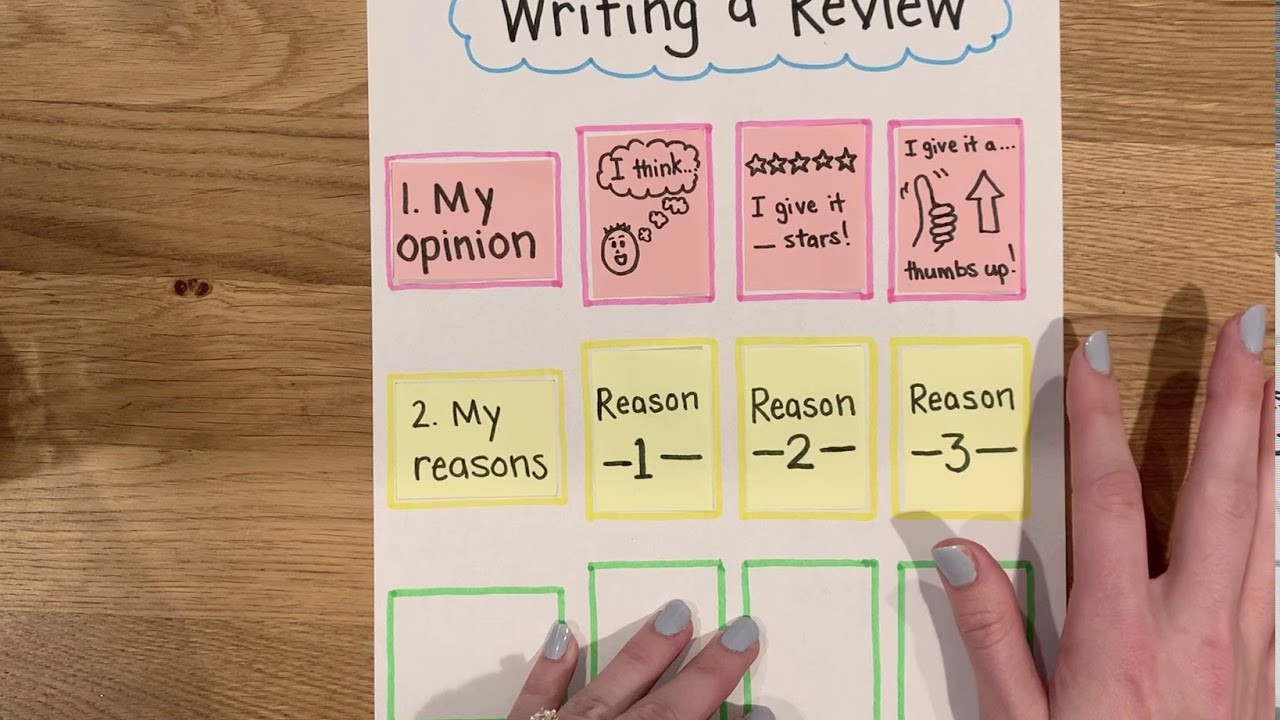What is a review?
A review is a review of a certain work (book, game, film) intended to form an impression of it with the target audience. This is a small text (standard volume 1800-3600 characters, one or two A4 pages) containing a review, analysis and analysis of the work. Today we will talk mainly about book reviews, although much of what has been said can be projected onto films, games, music discs, etc.
\
The review is:
- Official – printed in a government or departmental publication on the occasion of the release of a book of national importance. It is written strictly by a clerk, in compliance with all norms of etiquette, neutral or restrainedly laudatory.
- Functional – to make an impression about the book in the light of specific tasks and goals: how well the work is suitable for a particular publisher and series, how successfully it can be sold, whether it covers any specific issues. It is written clearly and intelligibly, the content is more important than the form.
- Informative – for potential readers and buyers, in order to help make a decision – is it worth reading or not. It is written simply, you can add a pinch of prettiness and a drop of analysis, it is recommended to crown it with a couple of more characteristic quotes.
- Essay on the topic – a discourse on the futility of all things, using the book as a starting point. The more beautiful and mysterious it is written, the better, the flight of the reviewer’s thoughts is limited only by their presence.
- Journalistic – the author focuses on the problem from which society is about to die. It is written brightly, harshly, bitingly, necessarily controversial – so that more copies are broken during the discussion.
- Critical – the work (and often the author) is dissected, dissected and parsed by letters: what he said, what he wanted to say, what the readers thought, which of them made a mistake where and how good it was that the clever reviewer noticed all this. The main requirements are to follow the logic, not to stoop to just throwing litter, to argue your position. And also make sure that there are no errors in the text of the review: a critic who knows the material worse than the one being criticized is a pitiful sight.
- Paid – a deliberately laudatory or blasphemous review of the book. When writing, it is important not to overdo it with tar or syrup, otherwise even the customer will be sick and he will not pay.
- A private review is a subjective impression of a book, without any attempt at objective criticism or analysis. It is written in a lively colloquial language, jargon and slang are acceptable (in all other types of reviews they are not welcome).
A professional reviewer always knows for which target audience he writes, why he chose this particular work and this particular presentation format, what goal he wants to achieve and in what way. And, of course, those who do not read the book before writing a review deserve shame and reproach. I emphasize – reads, and does not look through diagonally and steal other people’s thoughts from other people’s reviews.
Anatomy of a Review
The review has a head, neck, body and tail. The head is the name of the text: distinct, catchy and at the same time related to the topic of the book. The neck is the so-called lead, two or three dense introductory lines that set the tone and outline the subject of the conversation. The body is the actual text of the review. The tail is the conclusions of the reviewer, his summary. Without a tail, the review looks lonely and short, do not offend the poor thing!
What should be written in a review? Be sure to indicate the authorship, the title of the book, for published works – the imprint. We write whether this is a novelty or a reprint, whether the book has been awarded some significant awards. We designate the genre by form (novel, story, play …) and by content (fantasy, fantasy, alternative history …). We describe the main storyline (but without spoilers!), We list the main characters, places of action, key moments of the book. We are trying to understand and convey to the readers the main ideas of the work (not necessarily, but not bad). When working, you can use several approaches: observation from the outside, non-judgmental analysis, critical analysis, polemics with the author.
A review of 1800 characters or less is for discussion of the book only. No thoughts, feelings and philosophizing will simply fit there. Short sentences, a minimum of adjectives and participles, a clear meaning and an unambiguous conclusion.

A review up to a maximum of 5400 characters is the ideal format for a calm and detailed discussion of a single work. You can talk about the place of the book in the author’s work, draw parallels, add your impressions and conclusions, analyze in detail the advantages and disadvantages of the text – and at the same time not tire the reader.
A review of more than 5400 characters is simply obliged not to be limited to the problems of one book (unless, of course, it is The Lord of the Rings). We intertwine the literary process and trends of the genre, compare it with similar works, analyze the author’s work in general, actively quote and add our thoughts – you simply cannot do without them in a large text.
